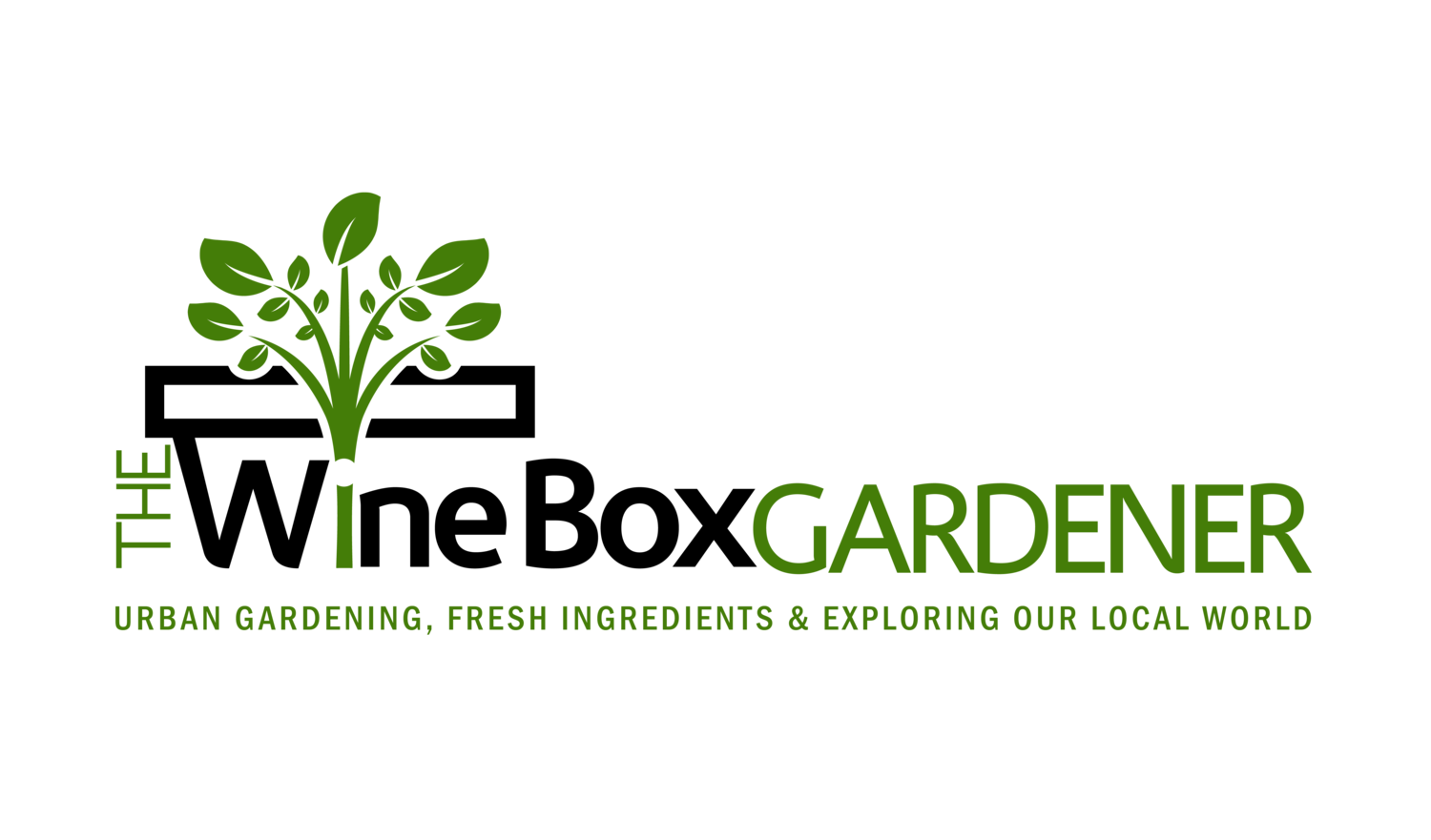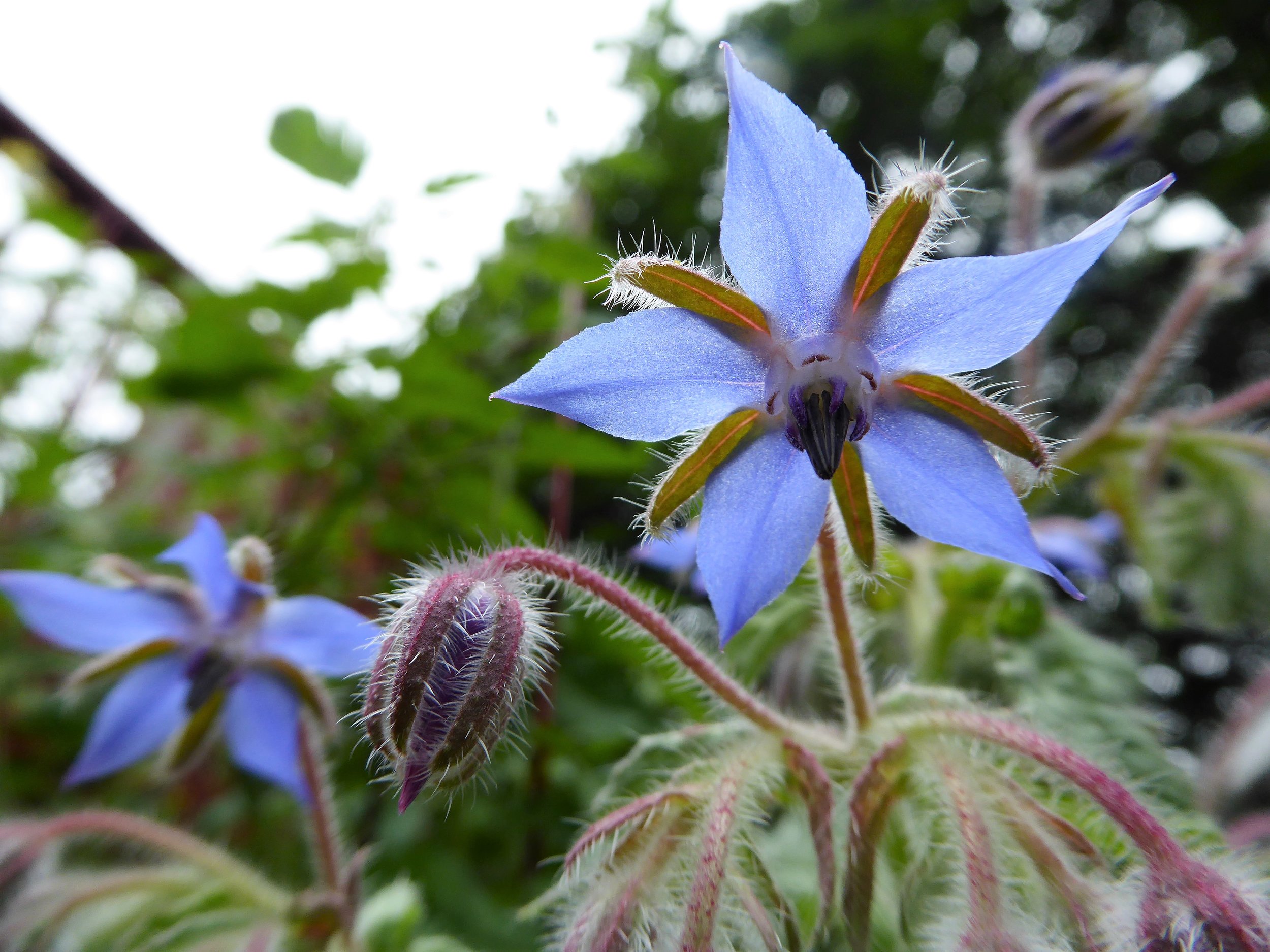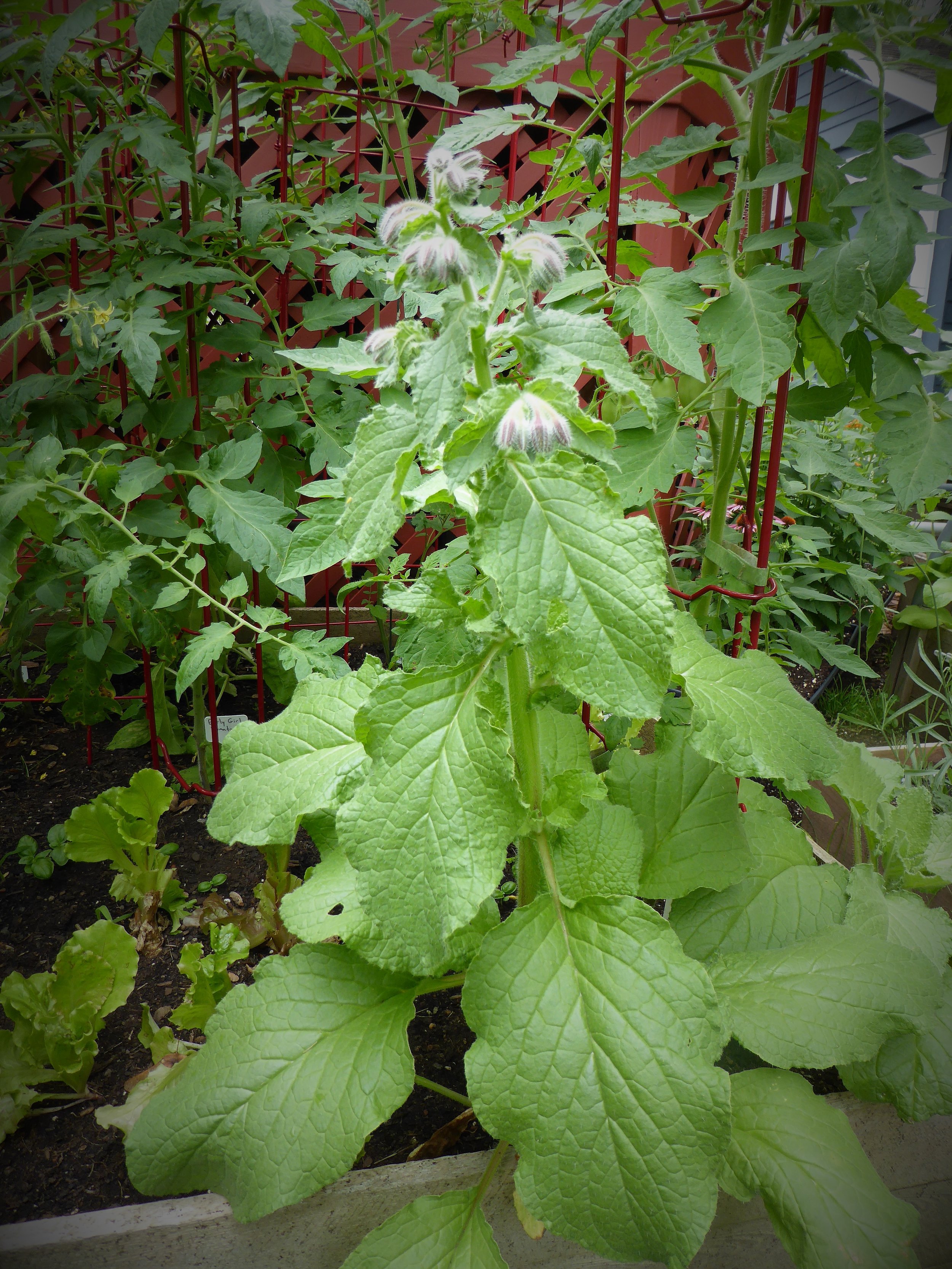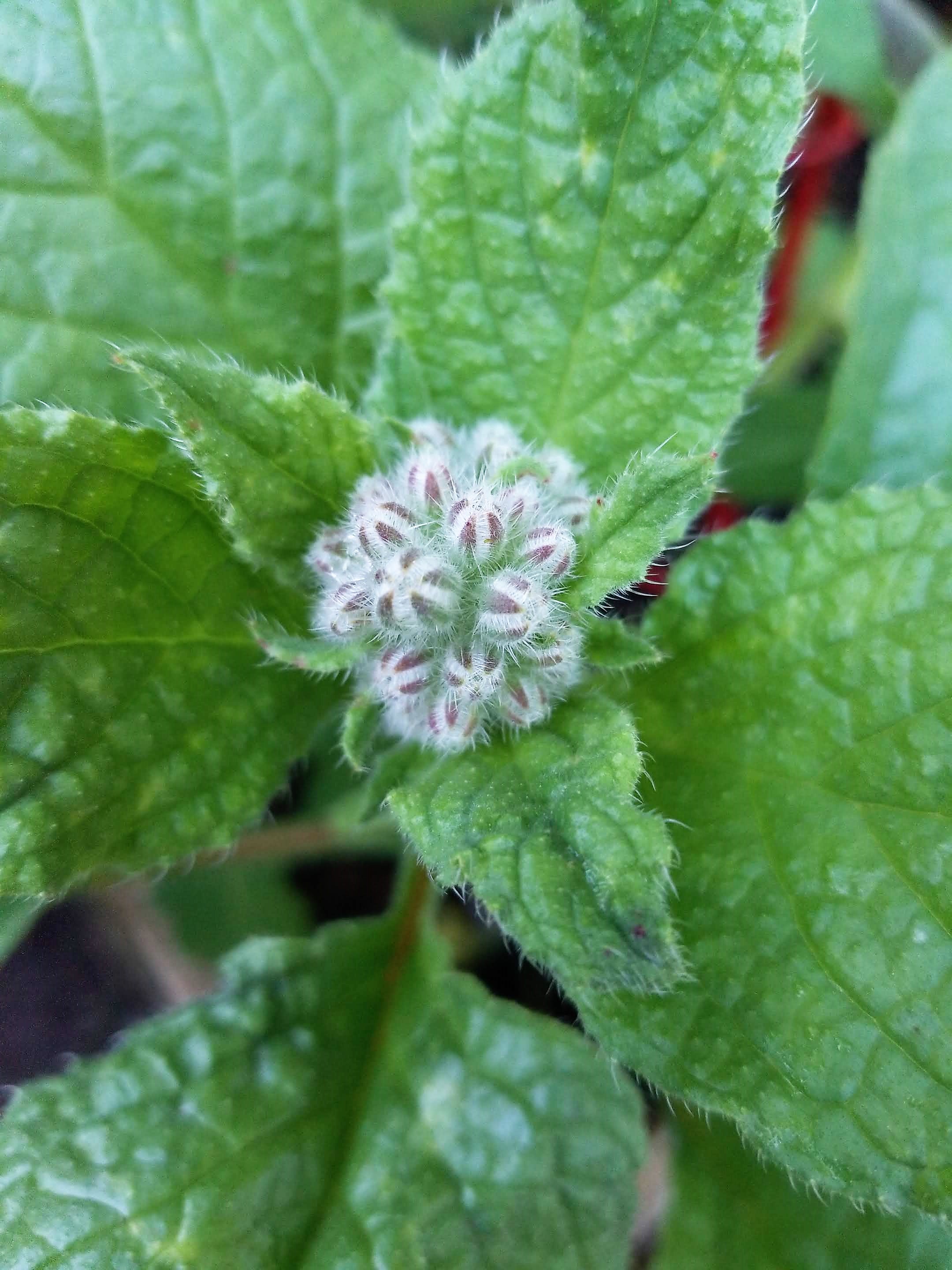Borage - A Beneficial Herb That Tastes Like Cucumber
Seriously....It REALLY tastes like cucumber!
Borage (Borago officinalis) is an herbaceous edible flowering plant. Also known as "starflower," it has beautiful blueish-purple flowers and is a beneficial addition to any home garden. This year, I direct-sowed borage seed at the time I transplanted my tomato seedlings in two of my garden beds. (They can safely be sown after the last frost date.) I chose those beds as borage has a reputation for repelling tomato hornworm (and cabbage worms) as well as leaving trace minerals that assist tomato plant growth. Like many gardening recommendations, it's hard to find solid science behind those claims, but borage is considered a beneficial companion to most plants including squash and strawberries.
Pollinator-Friendly Plant
Some of its beneficial properties likely stem from the fact that it attracts bees and wasps that will kill unwanted insects in the garden. This year, I stepped up my game on pollinator-friendly plants, so I was happy to add borage to the mix along with salvia, swamp milkweed, butterfly milkweed, purple cone flower, calendula, and sunflowers.
BONUS: Borage is DEER-RESISTANT, which is a great quality for plants in the northeastern U.S.
Borage starflower
Ancient Herb
Borage is an herb that's been around for a long time. This ancient herb, which originates in the Mediterranean, was enjoyed by many ancient civilizations. The Romans thought borage had the reputation to make a person "merry" or "glad" when added to wine. (Although maybe it was the wine that made them feel that way.) It's often referred to as a stress-reliever and anti-inflammatory and makes a delicious tea.
Borage can grow up to 2 feet tall.
Culinary Uses of Borage
The entire plant is edible (well, I wouldn't eat the roots). Nibble on the leaves and you'll taste refreshing cucumber. I love the taste of cucumber-infused water. Now, instead of using cucumber skins, I just cut up a borage leaf and add it to a pitcher of water I keep in the refrigerator. Saute borage leaves with other greens for an added refreshing flavor.
The flowers emerge about 1 1/2 months after planting the seed. The flowers first start as small bunches of buds that expand outward before those beautiful starflowers appear. Toss the flowers in salads, cocktails or freeze them in ice cubes for that extra-special splash of freshness and color in your drink.
Flowers first appear in small clusters before expanding.
How to Grow Borage
Borage is an annual plant that grows about 2 feet tall. It's "furry" leaves may be off-putting at first, but as soon as those flowers appear, the whole plant takes on a new look. If you're direct sowing borage seed, plant a few seeds together only about 1/4 - 1/2 inch deep. As they grow, thin the plants to about 1 foot apart. Because it is an annual, it won't come back the following year. However, it is self-seeding, so it should drop some seeds that will emerge as plants the following year.
Borage is a beautiful and beneficial plant that makes a good companion plant and its edible nature provides both beauty and purpose in your garden.







